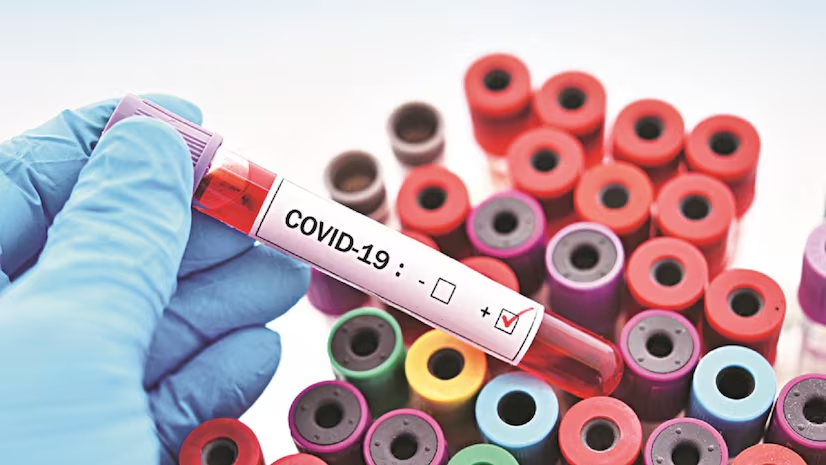
India’s COVID-19 Resurgence:
Current Situation
As of June 19, 2025, India’s active COVID-19 cases have dipped below 6,000, with the Union Health Ministry reporting 324 new cases and 783 recoveries in the last 24 hours as of June 10 data. The national death toll since January 2025 is 68, with recent fatalities in Delhi, Kerala, Jharkhand, Karnataka, and Maharashtra. Most cases are mild, with over 90% of patients recovering at home, supported by India’s high vaccination rate (95% of adults with at least two doses). Key updates include:
State-wise Distribution: Kerala leads with 1,957 active cases, followed by Gujarat (980), West Bengal (747), Delhi (728), and Maharashtra (209).
Government Response: The Health Ministry has intensified surveillance, testing, and genome sequencing to track variants. Mock drills on June 2 and 5 confirmed adequate hospital resources, including oxygen, ventilators, and isolation beds. Public advisories emphasize masks in crowded spaces, hand hygiene, and booster shots for high-risk groups.
Public Sentiment: Posts on X reflect cautious concern, with users urging adherence to safety protocols like masking and vaccination, especially for the elderly and immunocompromised.
Developments Since May 2025
The resurgence began in late May, with active cases climbing from 257 on May 19 to 1,010 by May 27, 2025. The initial surge was driven by southern states (Kerala, Tamil Nadu, Maharashtra), later spreading to Gujarat, Delhi, and West Bengal. By early June, active cases peaked at 7,491, with daily new cases averaging 1,100–1,300 in urban centers like Delhi NCR, Mumbai, and Chennai. Key developments:
- Case Trends: By mid-June, cases stabilized, with a single-day high of 269 new cases on June 14, pushing the active tally to 7,400. Recoveries have since outpaced new infections, reducing the active count.
- Healthcare Preparedness: The Centre directed hospitals to ensure bed, oxygen, and vaccine readiness. Genome sequencing has been ramped up to monitor variants, and Influenza-Like Illness (ILI) and Severe Acute Respiratory Infection (SARI) cases are reported on health portals.
- Challenges: High out-of-pocket costs for testing and treatment have raised concerns, with health insurance policies now urged to cover diagnostics, telemedicine, and consumables like PPE kits.
New Variants
The current wave is linked to Omicron sub-variants, notably KP.2 and JN.1, which are highly transmissible but less severe than earlier strains like Delta. Key details:
JN.1: First noted in late 2023, JN.1 has unique symptoms like sore throat and fatigue, differing from earlier strains’ fever and cough. It dominates in Kerala and Maharashtra.
KP.2: A newer sub-variant, KP.2, is driving cases in Gujarat and Delhi. It spreads faster but causes mild symptoms in most cases.These New Variants are said to be spreading fastly.
Expert Insights: The Director of NIV Pune recently stated that existing vaccines remain effective against these variants, though booster doses are critical for vulnerable groups. Ongoing genomic studies are assessing mutation risks.
Additional News
Global Context: The World Health Organization (WHO) reported on May 28, 2025, that a new variant, NB.1.8.1, is driving case increases in Southeast Asia, including India, alongside the eastern Mediterranean and western Pacific regions. India’s surge aligns with this global trend, but its impact remains limited due to immunity from prior infections and vaccinations.
Policy Shifts: Unlike global trends, India has not altered its vaccine recommendations for children or pregnant women, maintaining universal access.
Health Insurance: With cases rising, insurers are promoting policies covering COVID-19-related costs, including outpatient diagnostics, ICU stays, and post-hospitalization care. This responds to the high treatment costs seen in earlier waves.
Research Advances: A recent study highlighted mRNA vaccine technology’s potential to combat other viruses like HIV, inspired by COVID-19 vaccine success. Indian researchers are exploring similar applications, boosting confidence in local vaccine development.








